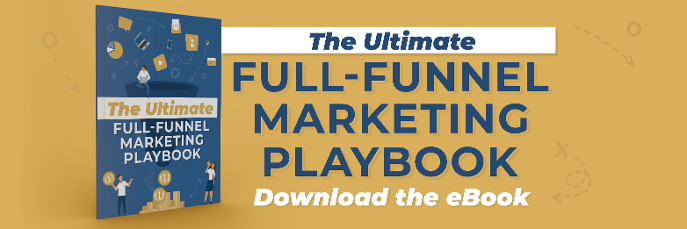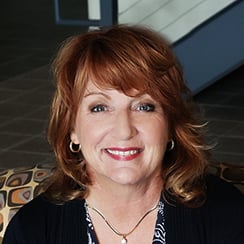
Full-Funnel Marketing: What It Is and How to Create a Strategy
Imagine yourself navigating a vast and intricate maze. Each pathway represents a crucial stage of your marketing funnel, guiding potential customers and steering revenue for your business.
At the maze's entrance, envision a radiant sun casting its glow on the intricate patterns. These rays of sunlight symbolize your awareness leads, entering the funnel from various sources and contributing to the overall journey.
As you traverse the maze, notice how some passages lead to secluded nooks where interested individuals explore and contemplate. These corners signify your mid-funnel, acting as spaces where leads are nurtured into customers, each turn representing a step closer to conversion.
Observe people moving faster as they reach the funnel's narrow end. Picture the maze's intricate pathways funneling down to this point as potential customers progress through the various stages. As they navigate the twists and turns, they ultimately reach the bottom, symbolizing the conclusion of their journey. This juncture represents the culmination of the marketing funnel. Here, leads seamlessly transition to the sales team for a warm outreach, culminating in revenue generation.
Whether you’re a B2B company navigating a vast multi-level maze or a B2C brand with a simple path to sales, every customer is on a journey, and it is your job to build them a clear path to their destination.
What Is Full-Funnel Marketing?
Full-funnel marketing is a carefully created plan to identify, nurture, educate, and encourage people to become your customers. Each message speaks to the customer’s intent based on where they are in the funnel and their level of exposure to your brand. Instead of focusing only on a sales message, full-funnel marketing looks at the entire customer journey to categorize likely behavior and deliver content where a particular customer is on their journey.
Why Is Full-Funnel Marketing Important?
Instead of focusing only on a sales message, full-funnel marketing takes the entire customer journey into account to categorize likely behavior and deliver content where a particular customer is on that journey. It identifies the path from unaware to aware to consideration, decision, and purchase. Here’s why it’s critical:
- Understanding the Customer: Full-funnel marketing tracks the customer's journey and allows you to create personalized marketing strategies that hit home with your target audience.
- Increased Sales: You can more effectively guide potential customers toward a purchase by understanding what a customer needs at each stage of the journey.
- Greater Efficiency: A well-thought-out marketing plan helps identify which strategies work at each stage. Then, you can build repeatable processes to optimize efforts and resources for maximum impact.
- Improved ROI: Full-funnel marketing typically leads to a better return on investment because you use resources efficiently and get more sales.
The Marketing Funnel Stages—That Drive Leads
The marketing funnel encompasses the overall customer journey, usually depicted as three steps.
- Awareness Stage
A potential customer's first interaction with your brand is usually when they become aware of a need or problem. Some brands are already household names, but consumers aren’t in the marketing funnel until they have a desire, want, or need. Think Goodyear Tires; there is name recognition, but before a person needs to buy tires, they will likely ignore marketing messages.
Potential customers discover your brand, product, or service in many ways, including social media, broadcast radio, or a friend's referral. Your goal at this stage is to draw attention to your services or products and gain brand recognition for your ideal customer. - Consideration Stage
In the consideration stage, a person is aware of their need to solve a problem or pain point. They begin looking for information and content to justify what they want. Providing helpful content at this stage leads to a better understanding of your product or service.
If you are a B2B company with a long sales cycle, consider ebooks, whitepapers, webinars, infographics, or other types of long-form content. The B2C space typically needs less nurturing, and educational visuals, videos, or customer testimonials on how the product works can lead people further down the funnel faster. - Conversion Stage
When potential customers are ready to purchase, make it easy for them to pull out their credit cards or contact your sales team for the next steps.
Help B2B conversions with things like ROI statistics or a “Get a Demo” or “Contact Us” call to action. Potential customers may look up your business on BBB or other relevant publications to check on your brand's reputation.
A well-done radio ad or a digital carousel ad directing people to the right landing page on your website can bring users to a B2C sale.
Check out this handy guide.


